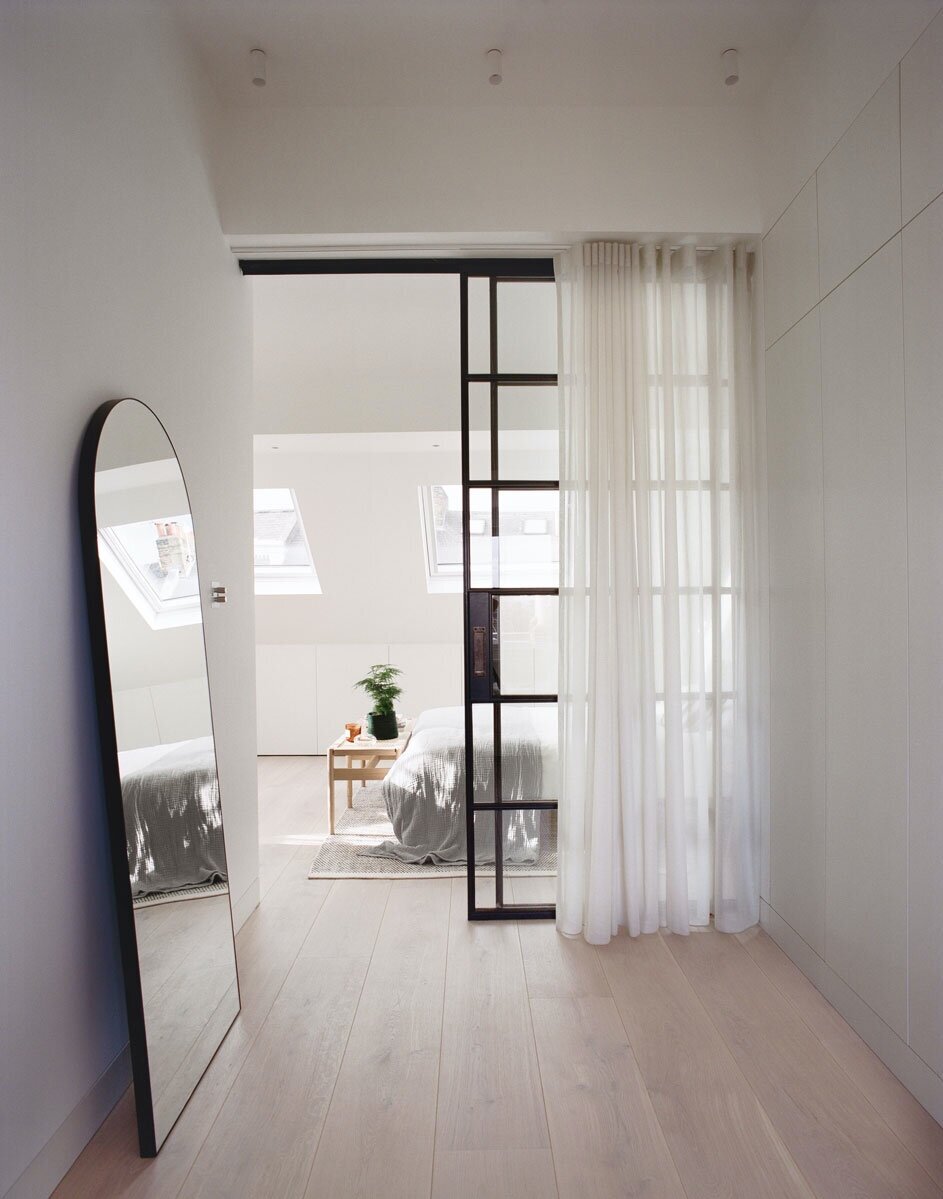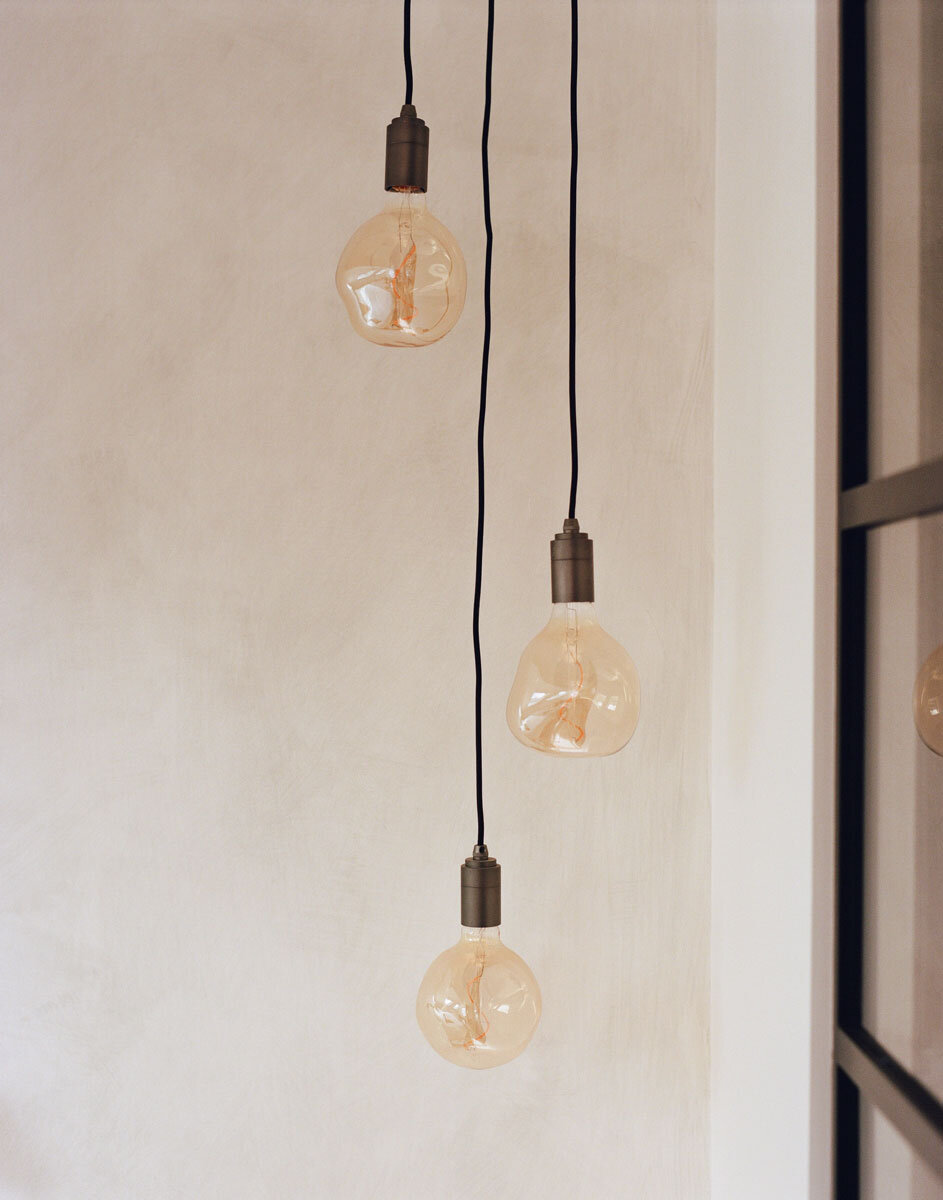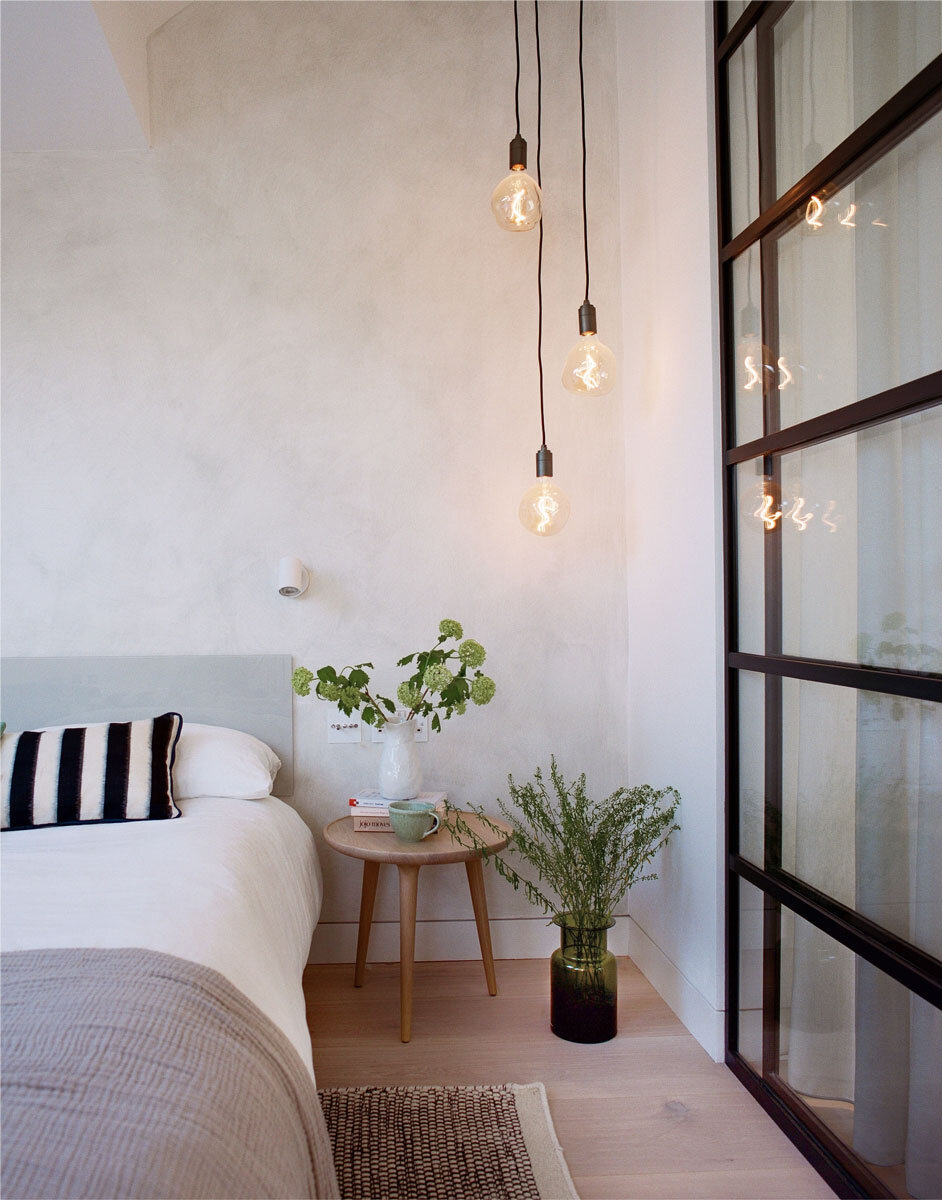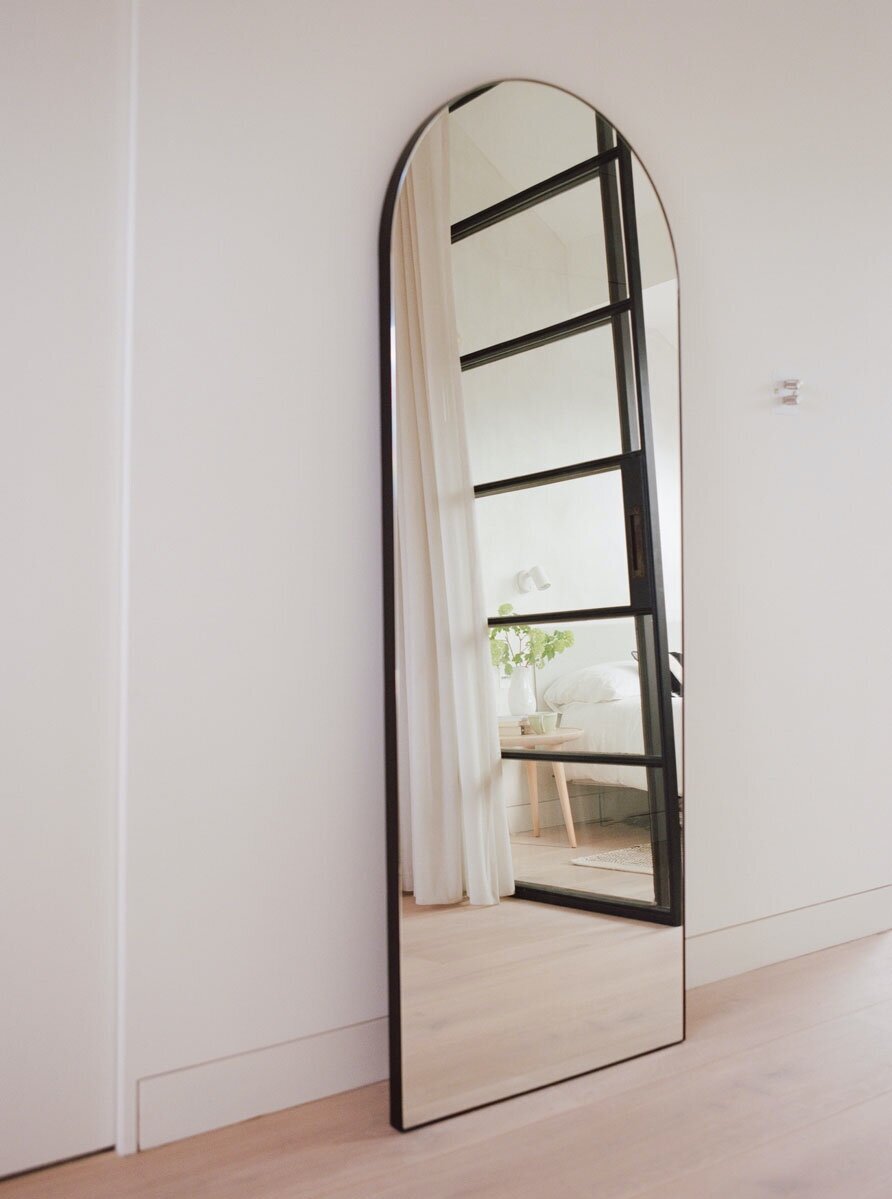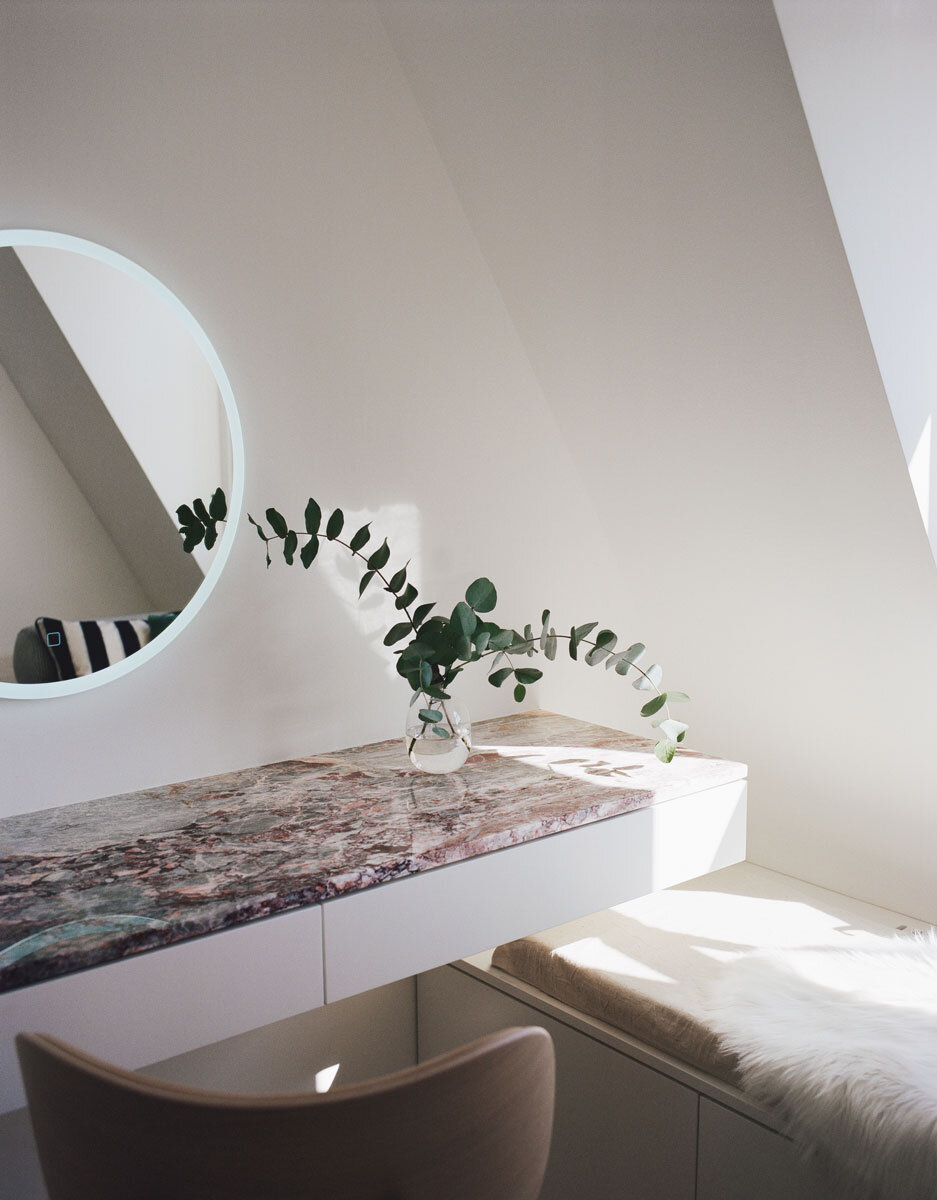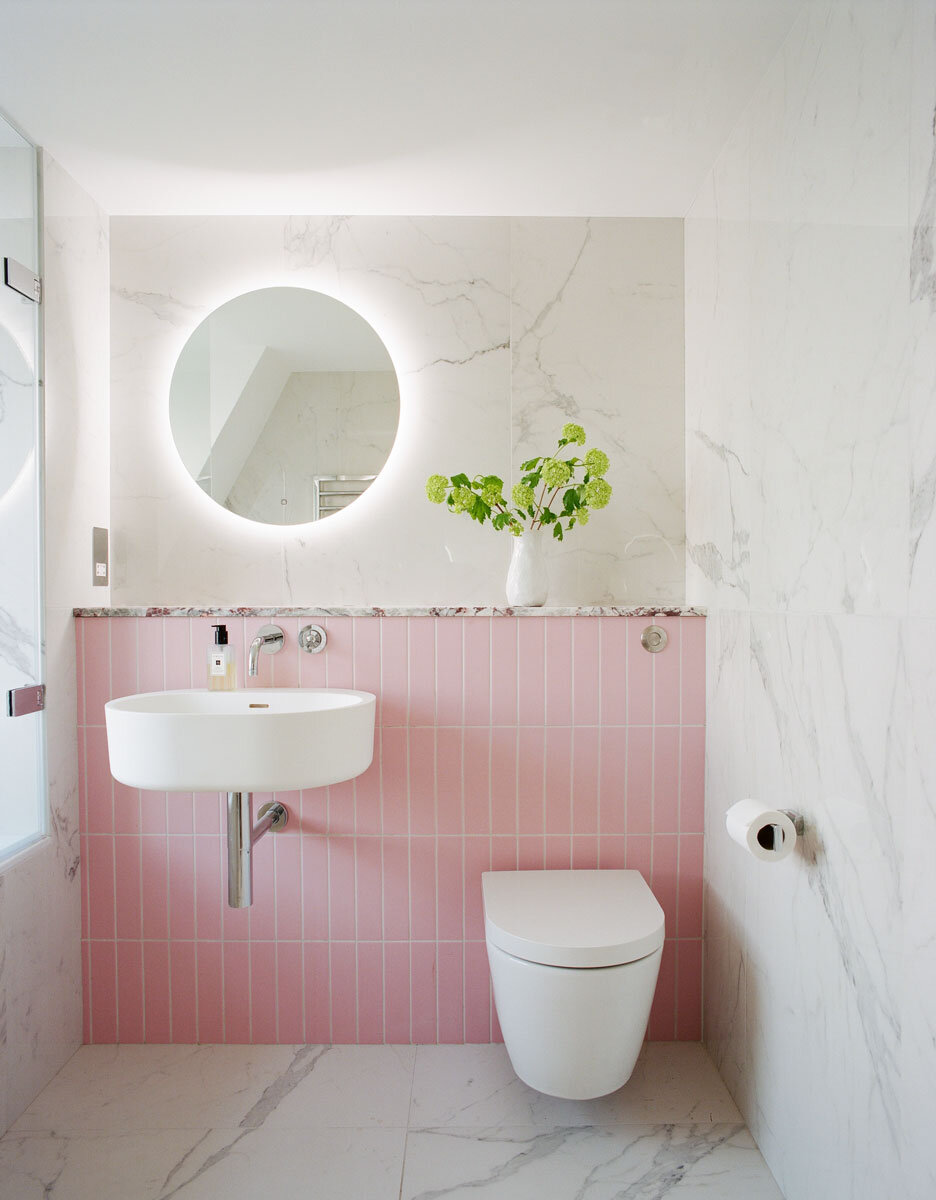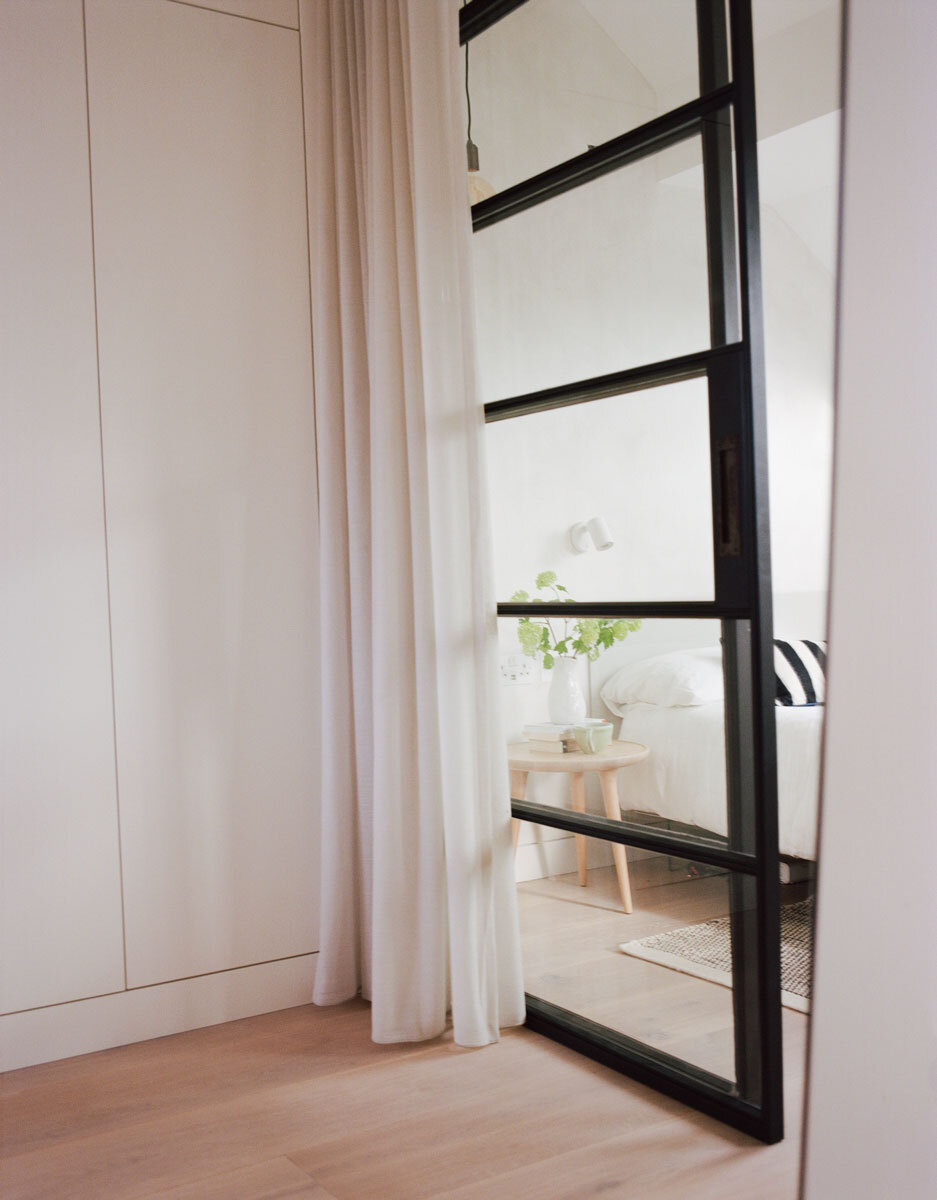At Home : The Attic
Last week marked the second time this year where the government recommended us to work from home. Home-working is something we have become familiar with over the past 6 months. As well as home-schooling, home-exercising, home-socialising, home-entertaining. Our homes are being used intensively. Now the bedroom might be for both for sleeping and working, the kitchen for cooking and schooling, the living room for TV and for daily work-outs. So it is a great opportunity for us to really understand the potential a space can have and try and shake up old assumptions of what a space is for.
In the coming months, Space A will analyse the traditional rooms of the house and consider how they might be re-thought to enrich and expand our lives. We ponder the historical and psychological relevancy of types of spaces and we give you ideas to help you get more out of your space.
First up, the attic….
The Attic : Background
The attic is a paradoxical type of space.
On the one hand it is not known for being hospitable. Often accessed by an awkward staircase or ladder and with cramped headroom and angled walls, it can be dark and hot, airless and dusty. We may know our attic to be crammed with unused and forgotten stuff. A guilty space for dumping piles and piles of things that we haven’t the time nor the energy to sort and distribute.
The Attic Studio, 1903, Henri Matisse
Yet there is also something intriguing about an attic space, something otherworldly that’s quite captivating and exciting. Being able to reach and occupy the top floor is a metaphor for clarity of mind. Clare Cooper Marcus references an example in her book, ‘House as a Mirror of Self:’ -
‘Accessed by a ladder, this space was hers alone, forbidden territory to her husband & children. Here she daydreamed, watched shadow patterns on the skylight, and eventually started a meditation practice.’
Historically attic spaces have generally had negative connotations. A place where servants slept, where Mr Rochester’s mad wife, Bertha, was hidden away in Charlotte Bronte’s ‘Jane Eyre.’
‘This woman was confined to the attic, whose entrance was behind a hidden door with a creaky staircase that led up to The Mad Woman’s Room, as it had been named.’
Indeed, the space has been linked to the social oppression of women. The idea was formalised in the 1979 book ‘Madwomen in the Attic’, comparing ‘Jane Eyre’ to ‘The Yellow Wallpaper’ where the attic is used as a paradoxical image of women’s confinement as well as their own poetic space for freedom and imagination. To retreat into the attic is to escape from the oppression of the patriarchal society, to seek social identity, and later as expressed in Chopin’s ‘The Awakening’ and the works of Virginia Woolf, to struggle towards “a room of one’s own.”
“The March attic played two important roles. It is a place the girls can hang out together and be playful and creative. It is also a private sanctuary for Jo to do her writing. I loved the rawness of the space but wanted it to feel inviting, like the rest of the house. I wanted to bring the outside in, which in turn, gave the room lots of interesting layers and textures…” Photo by Wilson Webb ©2019 CTMG.
As such, these spaces may also represent a fantasy world to unlock imaginative thought.
Jo March in ‘Little Women’ writes her novels in the attic space, Caspar the friendly ghost dwells in the attic, using the objects stored there as a reminder of his life. Sarah, in ‘A Little Princess’ is moved to the attic of the boarding school when they discover her father has died and is penniless. Yet although this place represents poverty, it is also the place where she can forget the world below and her imagination blooms with a strength of its own. In the film, this attic space is transformed into an Indian paradise where the two impoverished girls wake to a luscious rich world of coloured silks and an exotic breakfast.The top floor rooms are also where Wendy, John & Michael first fly into the London night sky behind Peter Pan to Never Never Land.
So although the attic is linked to negative connotations of social isolation and loneliness, it is also where one might find new meaning and ideas.
“I should say: the house shelters day-dreaming, the house protects the dreamer, the house allows one to dream in peace.” ― Gaston Bachelard , The Poetics of Space
The Attic : Your Sky Space
At Space A we think that making the most of your attic space is important. Especially during this pandemic, the opportunity to escape up high might help you thrive.
It's at the top of the house - when you are up there you can forget the ground rules. You can forget what you need to be when you are on the street. The very act of climbing up means you are able to lift yourself away from it all.
As a result, it makes a great space to be an office, to make art, to make music. A place for thinking. For connecting. For practicing yoga. For forgetting the world below. The attic floor can become its own micro living zone - perfect for a young adult, exploring their independence from the family home.
Perhaps you have an attic space you are using already, but perhaps it doesn’t really meet its function. You are not sure what to put in this space, how to use it - it ends up being the left-over space. Perhaps it hasn’t been converted and remains a dusty roof zone.
We believe the attic has the power to unleash your imagination - so it's worth the effort to get it working well.
Space A Advice
Images above show a Space A project - the refurbishment of an attic suite amidst the chimney tops of Primrose Hill, London. The space was made open plan with flexibile division from a new Crittall partition, allowing north and south light to flood in. Expertly crafted joinery, muted tones & layers of soft fabrics have resulted in a dreamy space for hiding away from the world below.
Image credits : Harry Crowder
Joinery : Constructive & Co
Construction : Sygnet Style
Furniture : Mater Design





